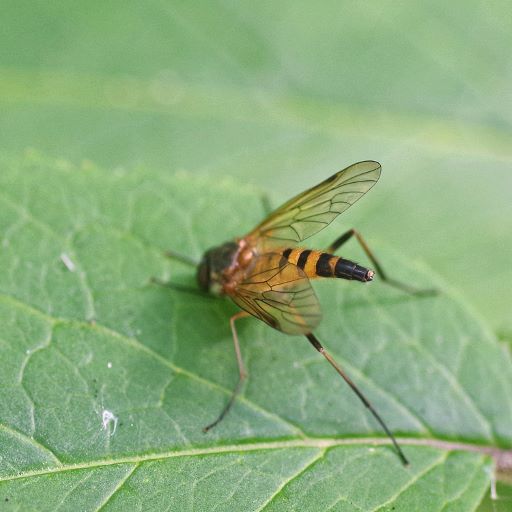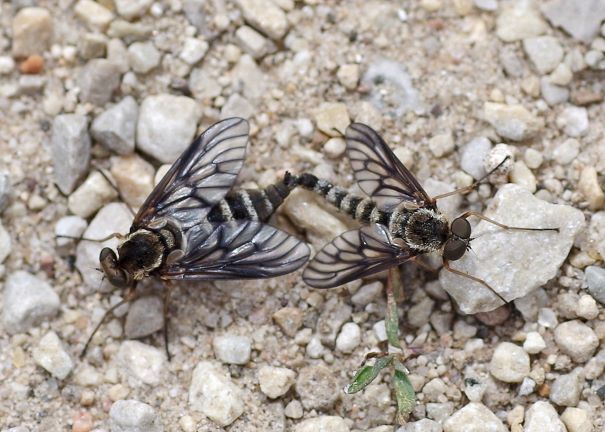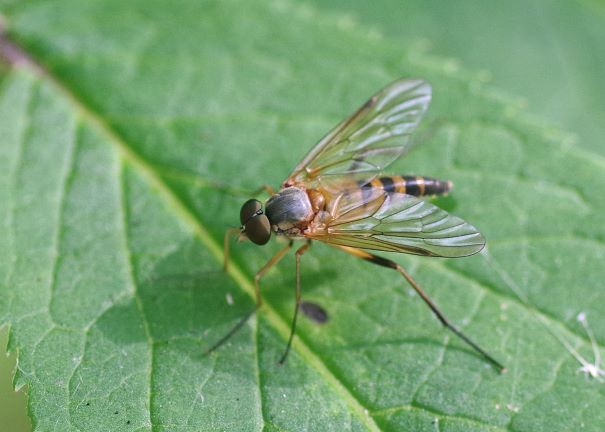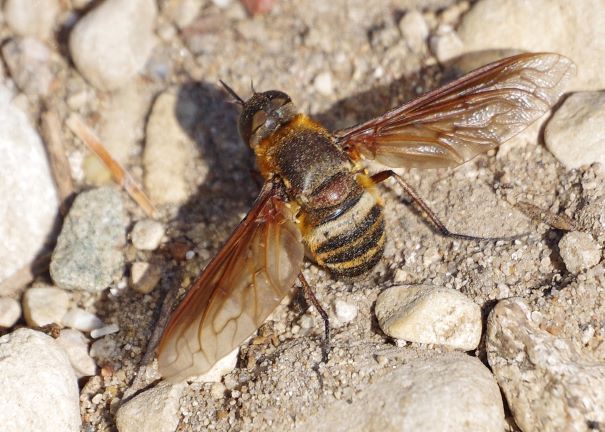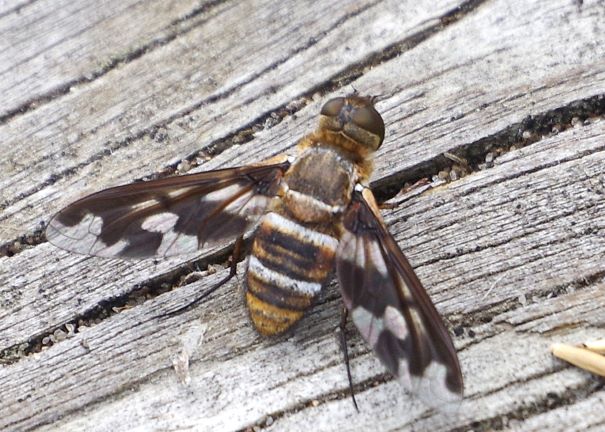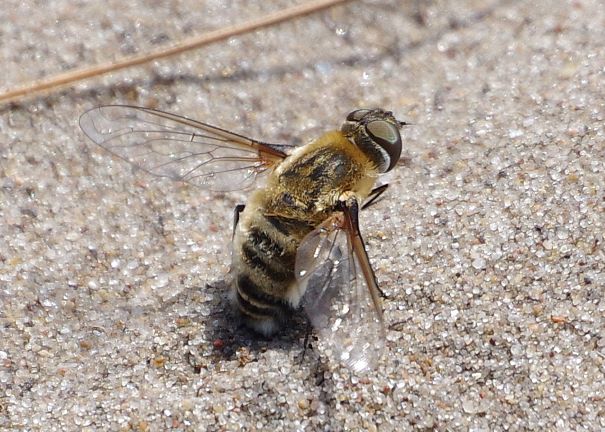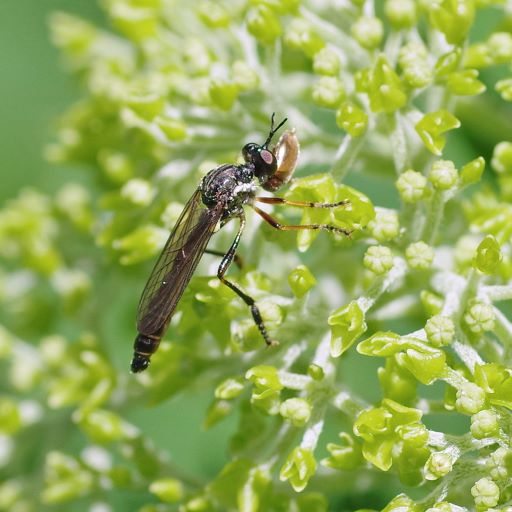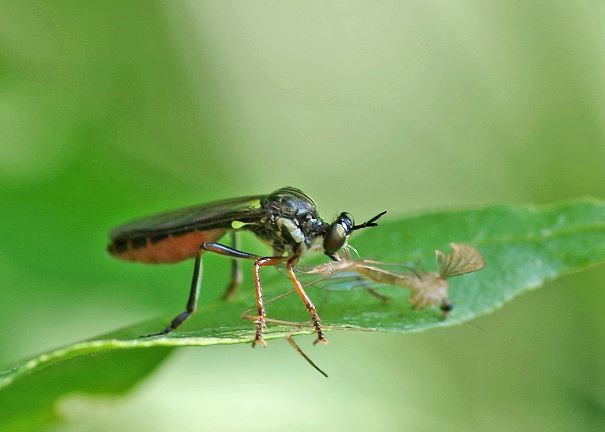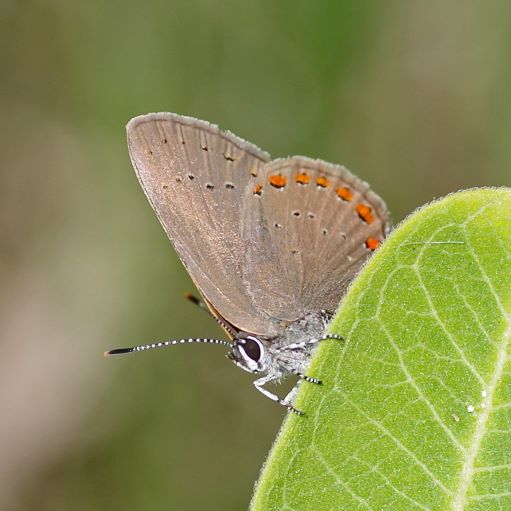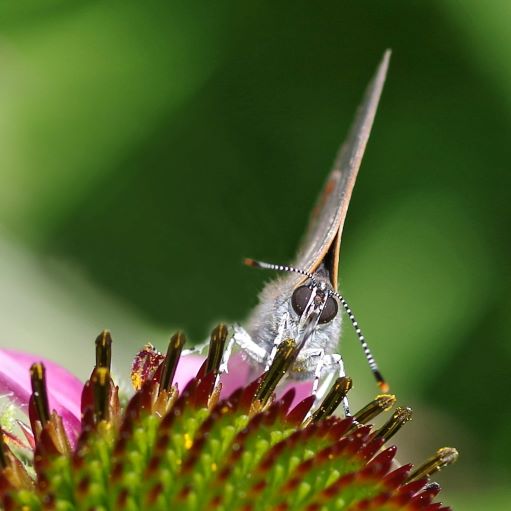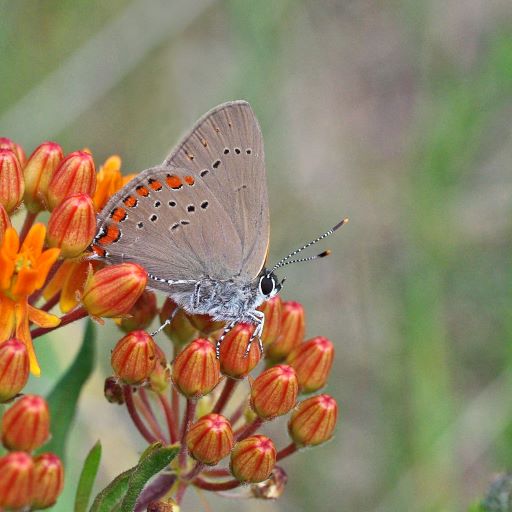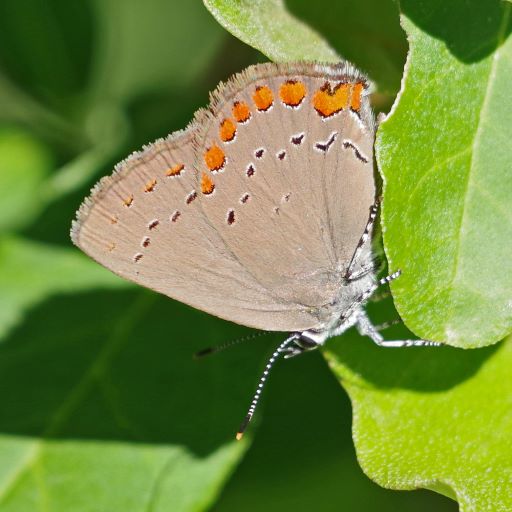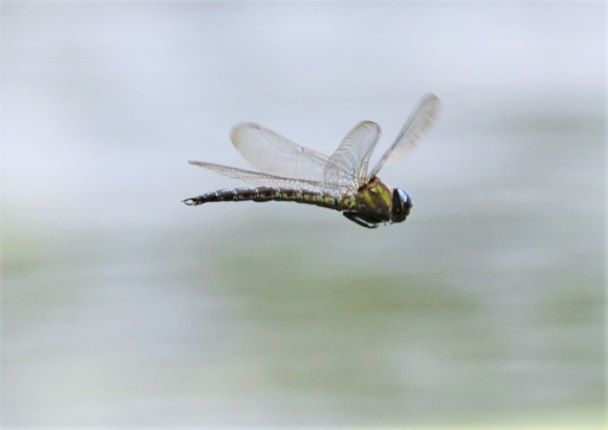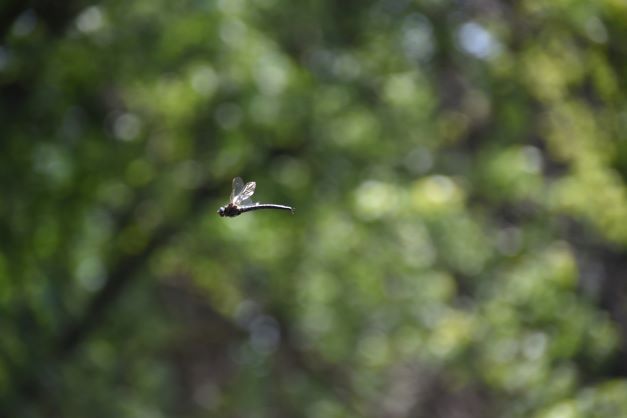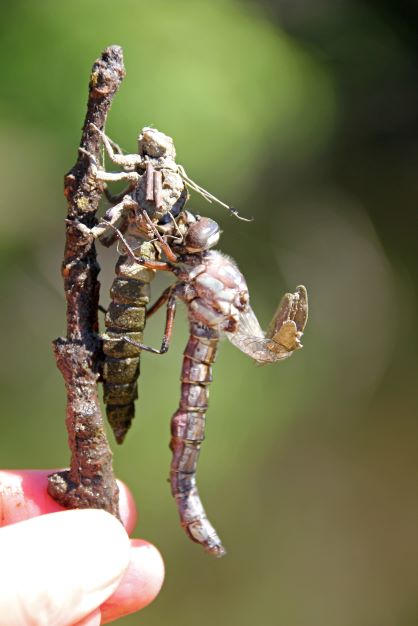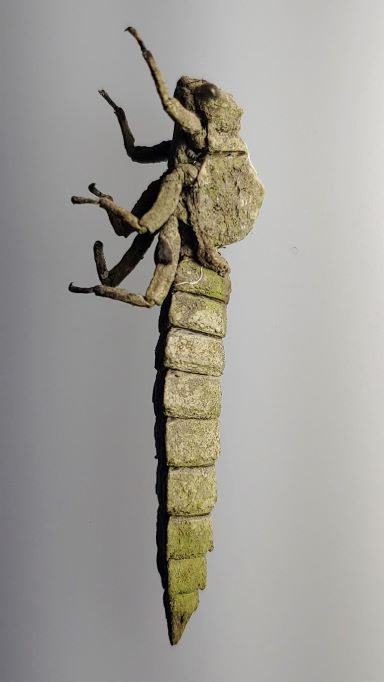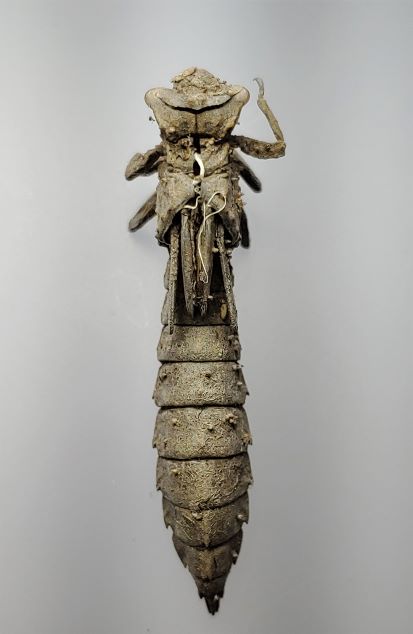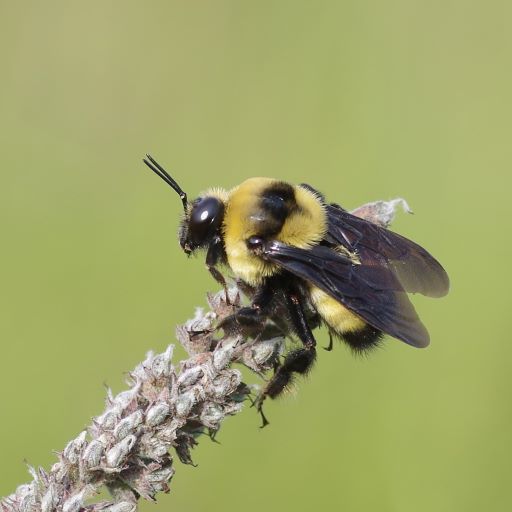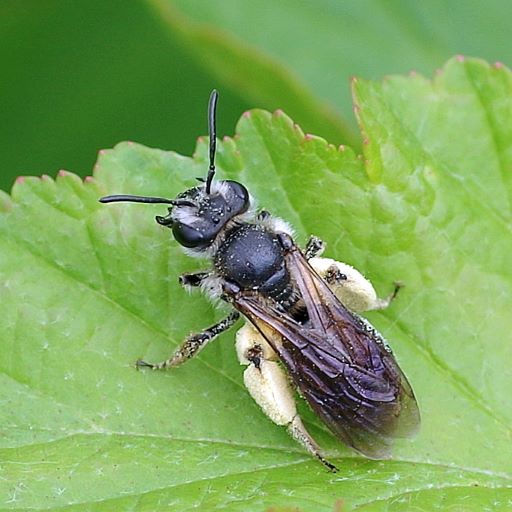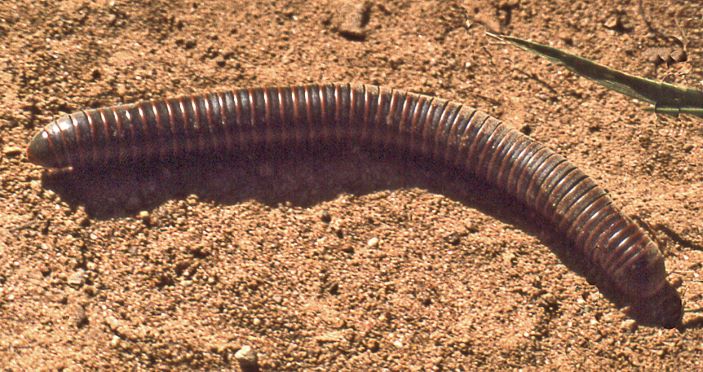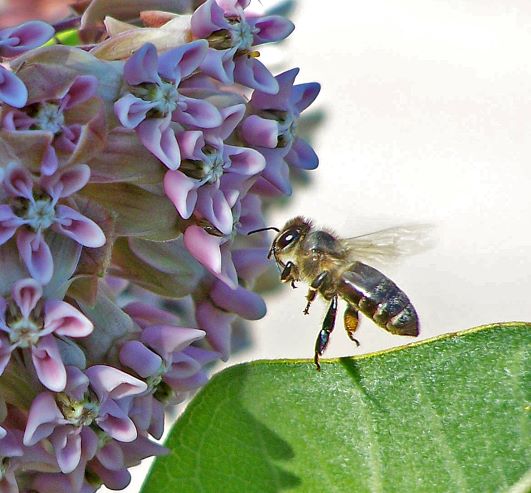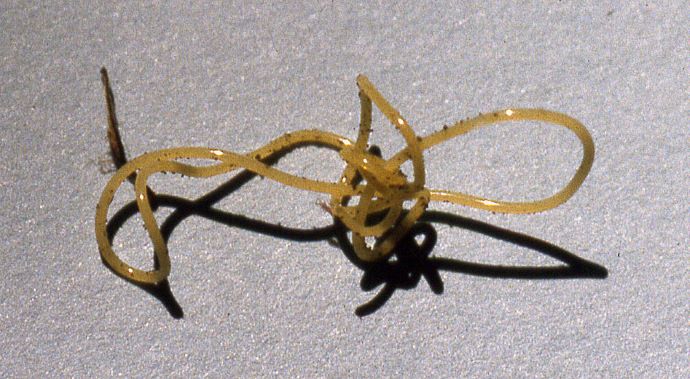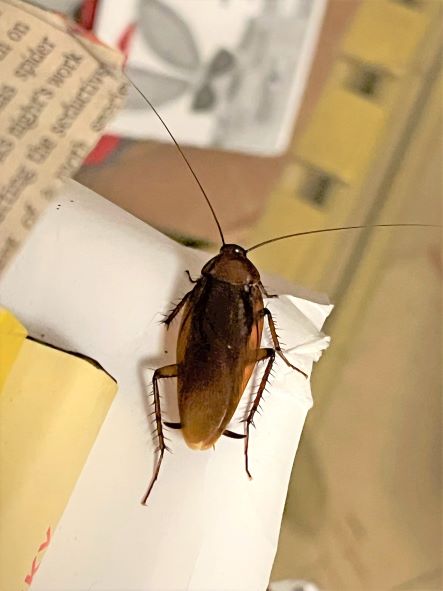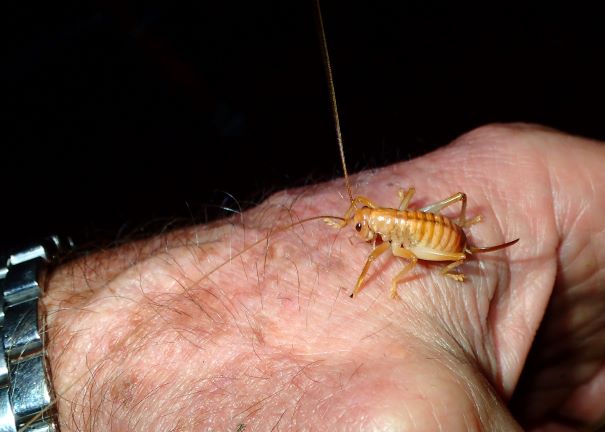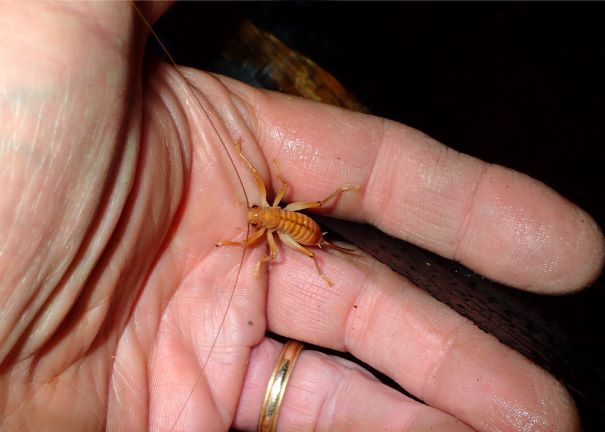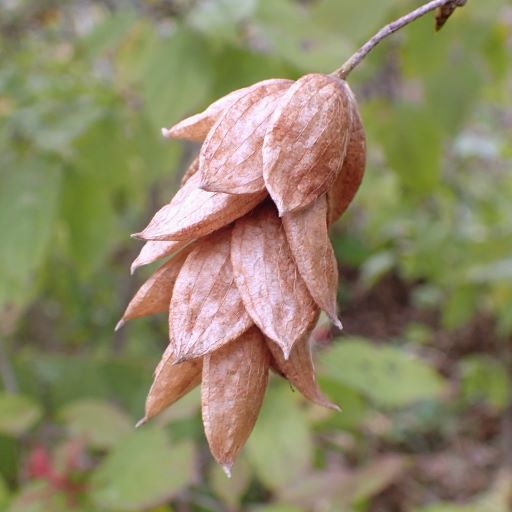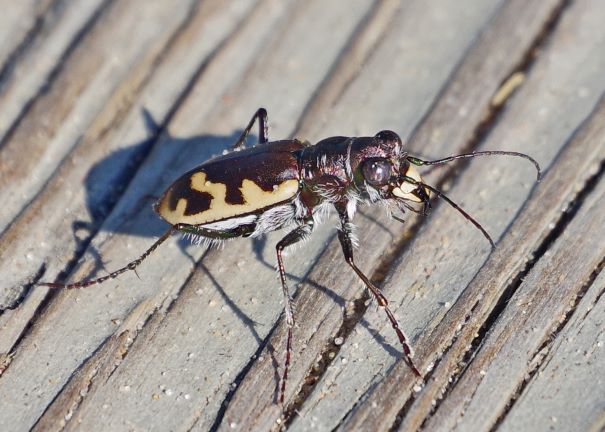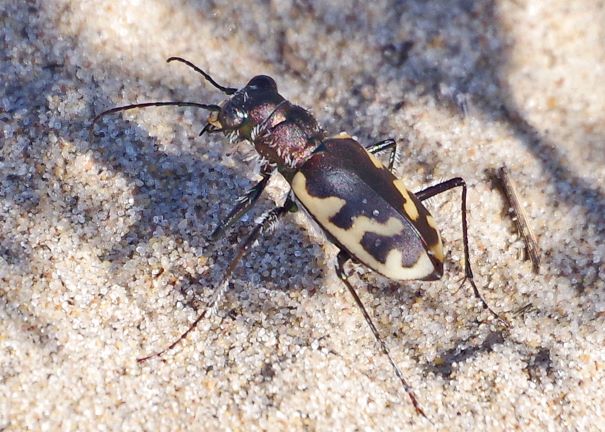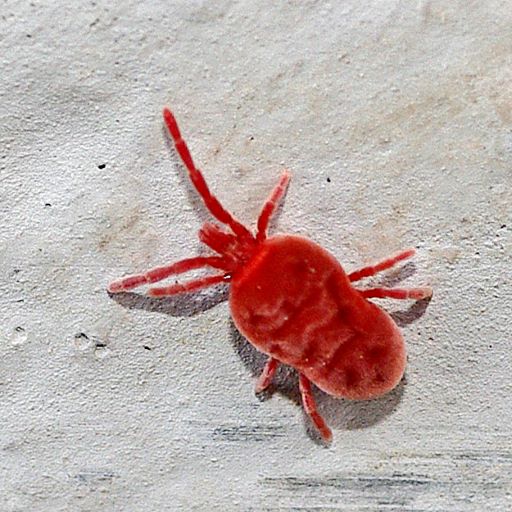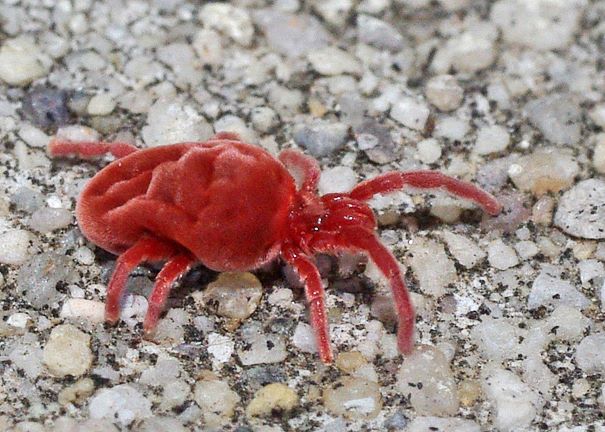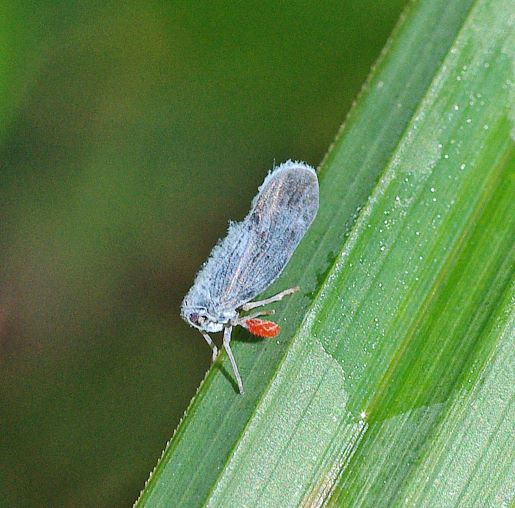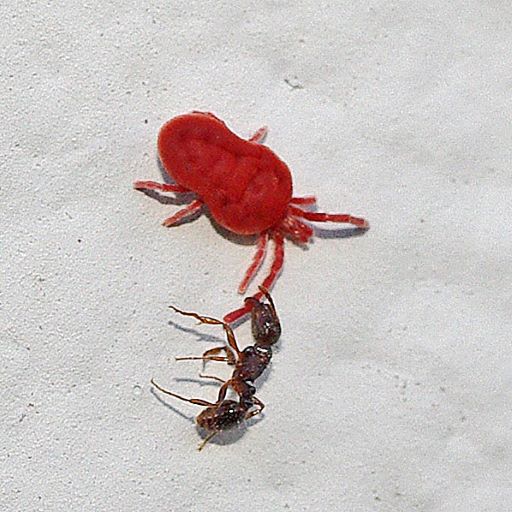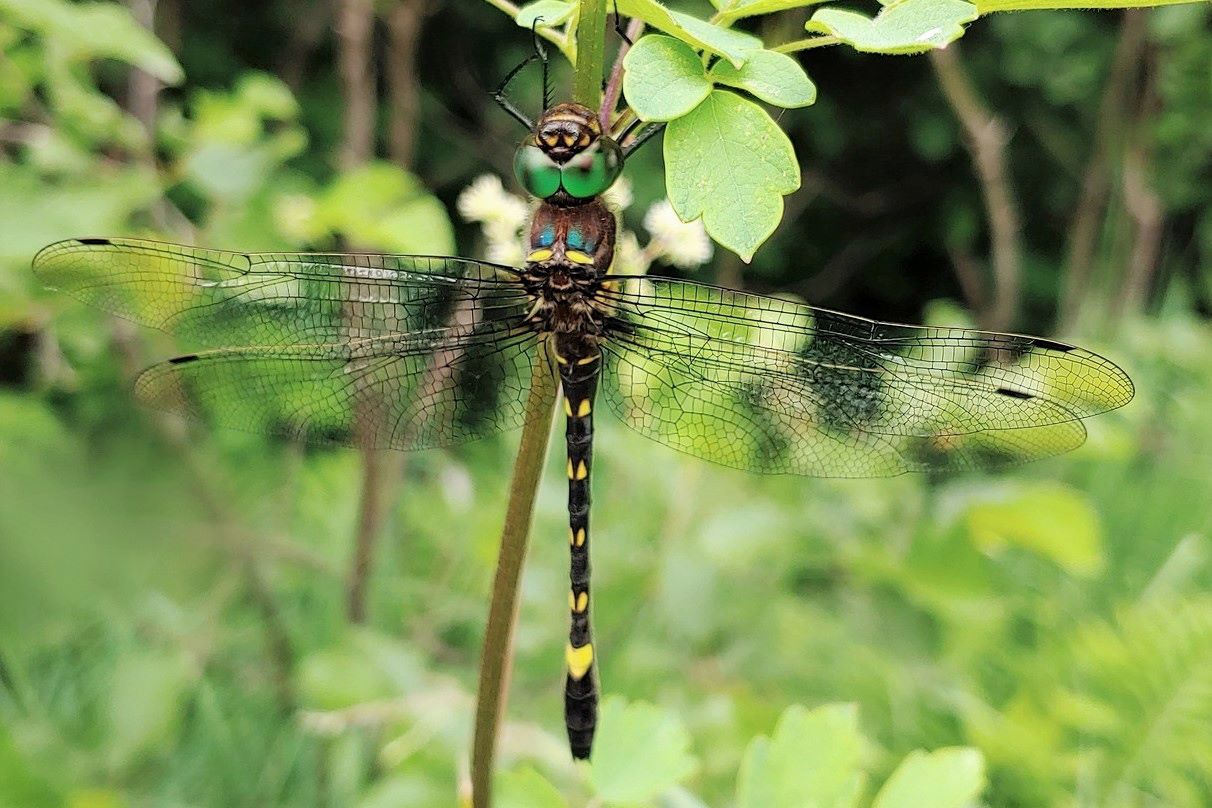
Cruiser Dragonflies
Greetings, BugFans,
When the BugLady asked BugFan Freda what she should write about for BOTW#700 (!!!), the answer, not surprisingly, was dragonflies. In this case, a very cool family of dragonflies that the BugLady hasn’t seen yet, but that Freda has photographed.
The Cruiser dragonflies, aka River Emeralds or River Cruisers, are not shrinking violets – they are powerful dragonflies that have a reputation among dragonfly fans as the most difficult of the dragonflies to net (maybe because they’re highly maneuverable and they can hit flight speeds of up to 40 mph). Older books include them in the Emerald family Corduliidae, but they are now listed in the family Macromiidae, a small family with 9 species in two genera in North America, and about 120 species worldwide.
Look for Cruisers around shallow, sunny rivers, streams, bays, channels, and lakes with good water quality. They’re found from coast to coast except in the Rockies and Northern Great Plains.
These are dark, shiny, long-legged, darner-sized dragonflies (2 ¼” to 3 ¼” long) with a pale thoracic stripe and with light markings on a long, slim abdomen that, in males, may be slightly clubbed toward the tip (or not) https://bugguide.net/node/view/1326249 (a field mark that can be seen when a Cruiser flies overhead). Most adults have green eyes that touch on the top of the head https://bugguide.net/node/view/1326250/bgimage (the eyes of the Emeralds, the Darners (Aeshnidae), and the Skimmers (Libellulidae) also meet on the top of the head). Their wings are thin and unspotted, and except for the size of the abdominal appendages, males and females are pretty similar.
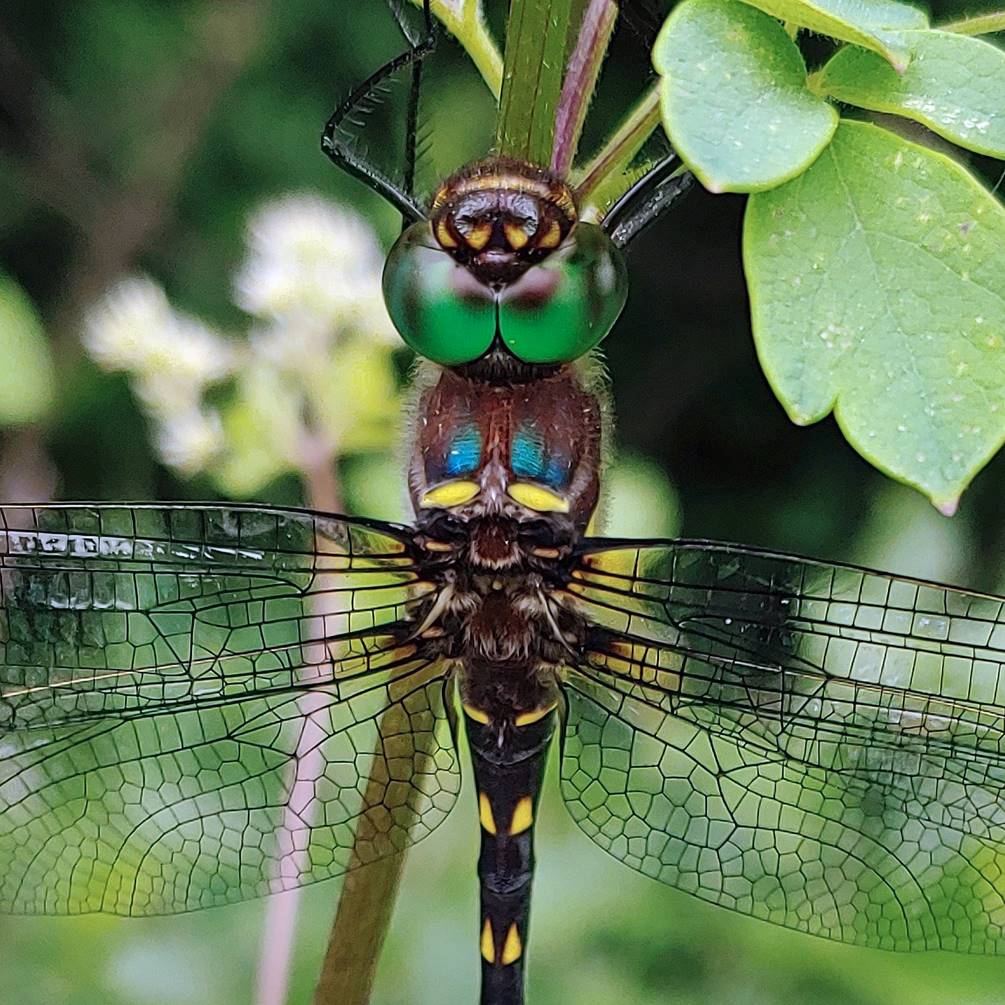
Female Cruisers don’t have an ovipositor, so they can’t insert eggs in plant stems or rotten wood. Instead they fly near the surface and release eggs directly into the water as they tap it with the end of their abdomen.
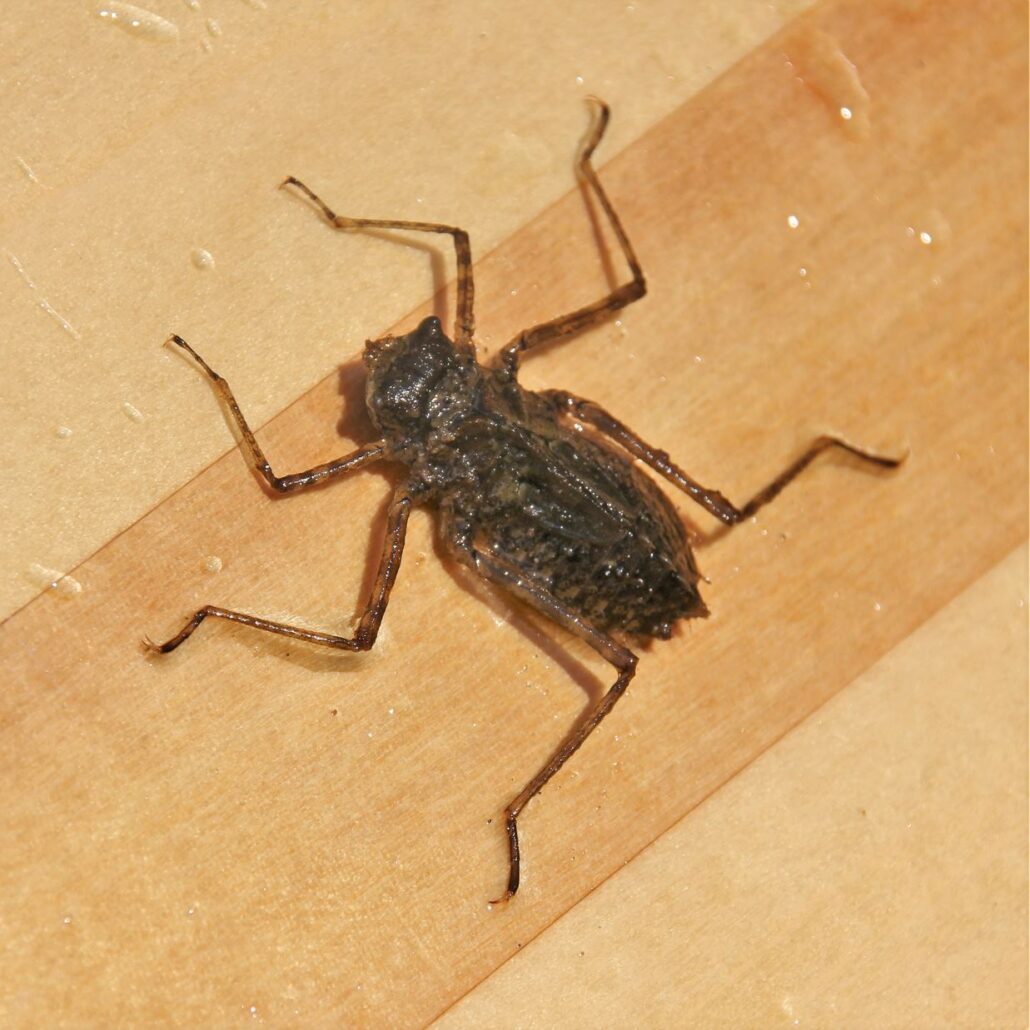
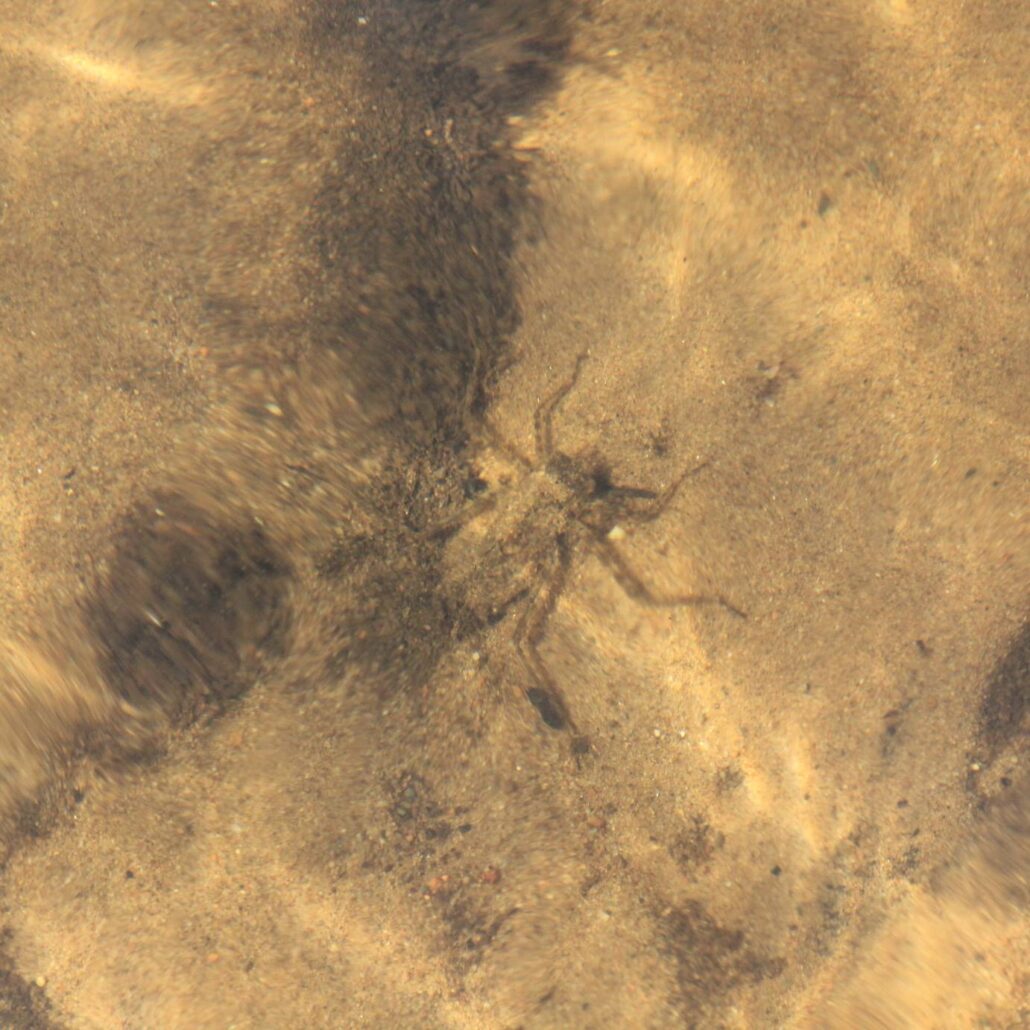
The aquatic, immature dragonflies – naiads (“nymphs,” if you must, but never “larvae”) – are large, long-legged, and round https://bugguide.net/node/view/827176/bgimage. They’re called “sprawlers” because of their habit of sitting quietly, camouflaged by the debris on the bottom of the pond or stream (hairs on their exoskeleton encourage the detritus to stick to the naiad.), waiting for their prey (freshwater shrimp, tiny fish and tadpoles, and mosquito larvae) to wander past. They typically spend two to three years as naiads.
Like other dragonflies, adult Cruisers feed on flying insects that they grab out of the air, but they may also “glean” their prey – pick perched insects off of vegetation.
Cruisers are known for speeding straight down the middle of rivers and roads, a few feet off the surface. When they land, they may hang down vertically or perch at an angle.
The Wisconsin Odonata Survey (WOS) lists four species of Cruisers for the state –two species are found in the northern half of the state, one lives along the Mississippi in the southwestern part of the state, and one species exists as a historical note. Good descriptions of all can be found at the WOS site https://wiatri.net/inventory/odonata/SpeciesAccounts/ – click on the Cruiser family and then on the desired species. Dragonflies of Northern Virginia is also a great resource http://www.dragonfliesnva.com/; for the species list click on “65 Species” in the first paragraph and scroll down for the species list.
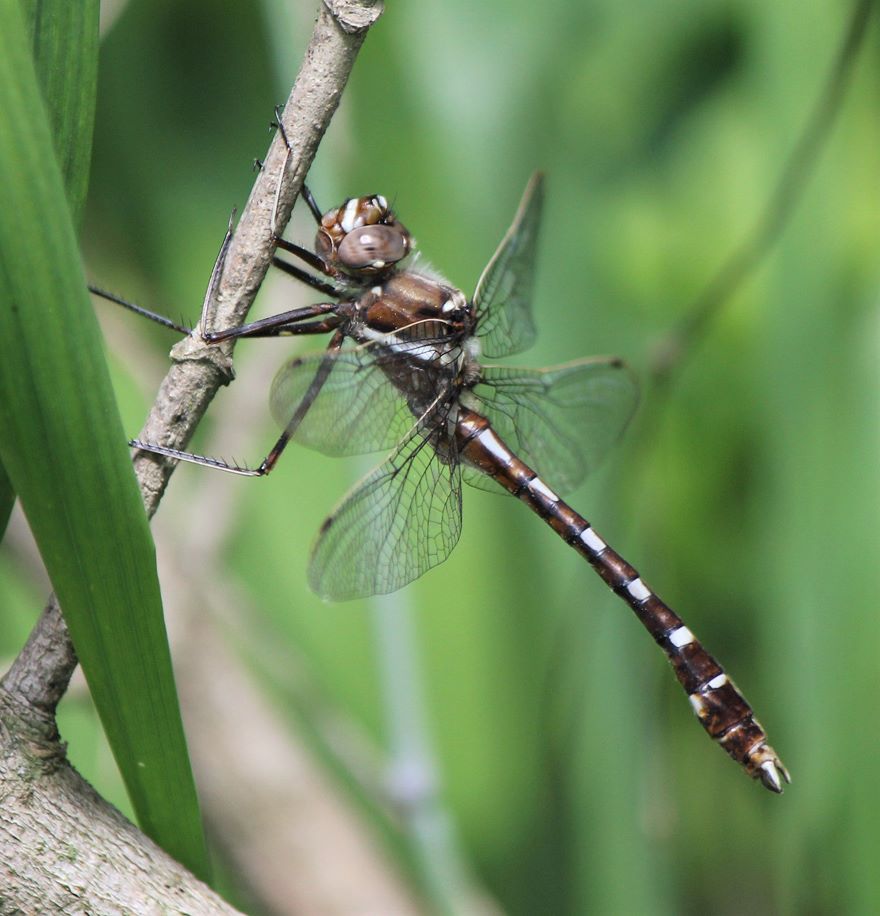
The STREAM CRUISER (Didymops transversa) is the only Cruiser in its genus in Wisconsin. These early flyers can be found over much of the continent east of the Great Plains. The WOS lists them as “common” and describes their habitat as “streams, rivers, and lakes that are slow, forested and sandy-bottomed, not still or vegetated. Sometimes they are found in uplands, along edges of forested trails or fields.” One Canadian dragonfly fan has seen them along woodland trails so often that he thinks they should be called the “Trail Cruiser,” and he says that this species takes relatively short flights and then perches at an angle.
Their flight period is late May to mid-July in Wisconsin. In the northern part of their range, the flight season stretches from early May to mid-September, with a peak time in early spring.
For more pictures, see https://marylandbiodiversity.com/view/689
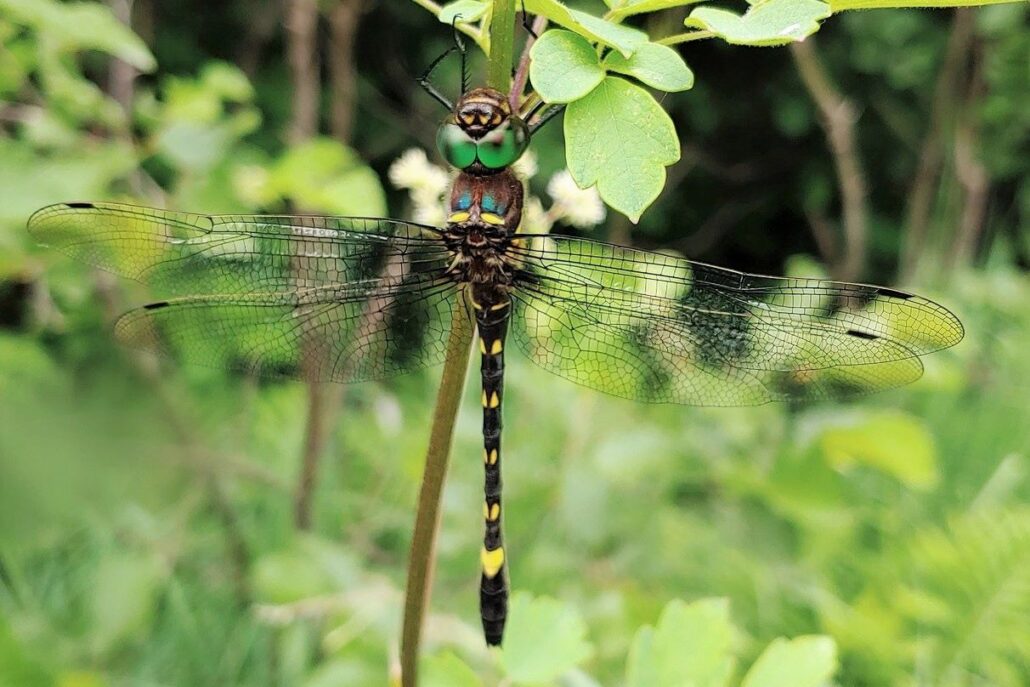
The SWIFT RIVER CRUISER (Macromia illinoiensis) is made up of two subspecies – the more northern Illinois River Cruiser (Macromia illinoiensis illinoiensis) and the more southern Georgia River Cruiser (Macromia illinoiensis georgina). The northern subspecies is said to be more boldly colored of the two (for pictures of the Georgia River Cruiser, see https://www.marylandbiodiversity.com/view/692, and for the Illinois River Cruiser see https://wiatri.net/inventory/odonata/SpeciesAccounts/SpeciesDetail.cfm?TaxaID=128. And yes, where they overlap, they interbreed. Their status in Wisconsin is “Fairly Common”
This powerful dragonfly can be found flying fast and straight over large rivers, rapid, rocky streams, and shorelines with some wave action (all well-oxygenated waters) in a patchwork of states in the northeastern quadrant of North America https://bugguide.net/node/view/130228/data. On his Dragonflies of Northern Virginia website Kevin Munroe says “Watching Swift River Cruisers in the field is a treat – they’re Olympic athletes, even by dragonfly standards. Watching one patrolling his territory, jetting down the center of a sunny river a few feet above the water, you almost except to hear him break the sound barrier. A flash of his yellow abdominal band and brilliant green eyes, and he’s gone. His linear patrols are long, but regular – just wait a few minutes and he’ll be back for another pass. They also hunt for hours high over meadows and ball fields. Watch them as they zip, dip and dive circles around other feeding dragonflies.” They are also seen above roads and paths.
Their flight season in Wisconsin is between early June and early September.
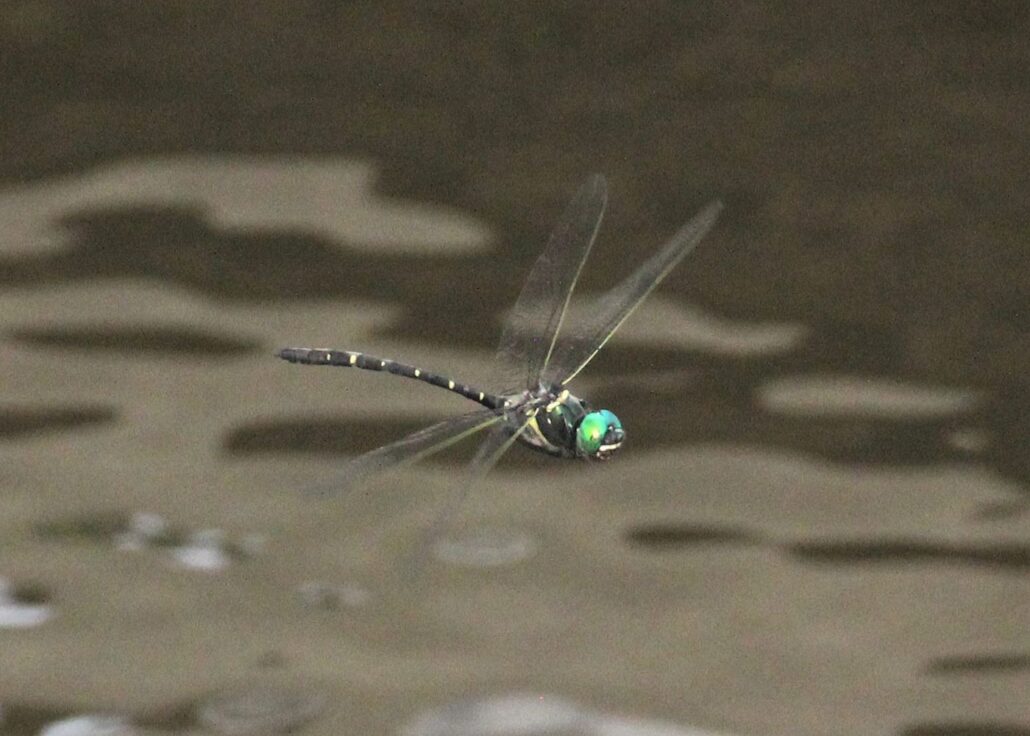
The ROYAL RIVER CRUISER (Macromia taeniolata) likes rivers and large streams and is found in southwestern Wisconsin in a few counties along the Mississippi, and across the eastern half of North America https://bugguide.net/node/view/39700/data. Males patrol lengthy stretches along shorelines or over open water, and they perch vertically in vegetation near the water’s edge. Munson calls it one of our largest dragonflies – larger, heavier, and slower than the Swift River Cruisers – and says that it prefers slower water and marshy river sections. Royal River Cruisers may join feeding swarms of other dragonflies in late afternoon.
In the northern part of their range, the flight season is from mid-June to early September, and they’re a WOS “Most Wanted” species (documented, but more info about range, habitat, numbers, etc. is needed).
For more pictures, see https://www.marylandbiodiversity.com/view/693
There’s one old, Milwaukee County record for the GILDED RIVER CRUISER (Macromia pacifica) https://bugguide.net/node/view/477031/bgimage, but whether this was a single, wandering individual or whether the species’ range previously included the state is unknown They don’t occur here today (and their present range is pretty disjointed https://bugguide.net/node/view/477069/data).
Munson cautions hopeful Cruiser netters to be careful in their attempts because the Cruisers and the Emeralds are easily damaged. Discretion is the better part of valor.
FUN FACT ABOUT CRUISERS: The BugLady doesn’t know about the rest of the Cruisers in the world, but when the naiads of these four species emerge from the water, ready to metamorphose into adults, they trek 40 or 50 feet inland before settling on a good spot to climb out of their “skin” and start their aerial life.
Thanks for the pictures, Freda – the BugLady is adding these dragonflies to her wish list (Road Trip!).
Spring is coming. Dragonflies are coming.
Kate Redmond, The BugLady
Bug of the Week archives:
http://uwm.edu/field-station/category/bug-of-the-week/

